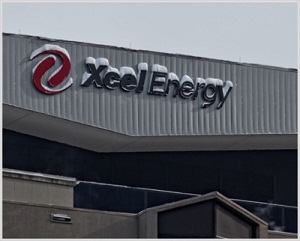Xcel’s relaunched solar program sees a flood of applications
 Xcel Energy received enough applications in the first day of its new Solar Rewards program to gobble up the top two out of three rebate tiers for solar projects that will produce between 10 and 100 kilowatts of solar electricity.
Xcel Energy received enough applications in the first day of its new Solar Rewards program to gobble up the top two out of three rebate tiers for solar projects that will produce between 10 and 100 kilowatts of solar electricity.
The program came back online with reduced and limited rebates and REC payments for residential and small-business solar installations Wednesday after almost a month-long suspension.
On the first day of the new program, Xcel received applications for customer-owned solar installations that would total 1,043.9 kilowatts. That’s about a fourth of the first tier, which will pay a $1.75 per kilowatt rebate up front and a $0.04 per kW produced.
The utility received just under 800 applications for third-party developer systems under 10 kilowatts. That’s less than one fourth of the 4 megawatts allotted. The utility will offer no rebate for that tier, but $0.16 per kW produced.
The medium tier-2 category, which pays $0.15 per kilowatt hour produced by solar projects between 100.1 and 500 kWs, received almost 2,700 applicants, which almost knocks out the first tier of the rewards program for that category, which allows up to 3 megawatts.
But the most popular category by far was the medium tier-1, which pays $0.15 per kilowatt hour produced by systems between 10 and 100 kWs to the first 3 megawatts and $0.13 to the second 3 megawatts.
“Those systems are bigger,” said Xcel spokeswoman Michele Aguayo. “So we expected that.”
The applications for more than 12,000 kilowatts of solar, if all of the applications are approved, will obliterate the top two tiers of the category and dig deeply into the third and final tier, which pays just $0.11 per kW. Once the program approves 4 megawatts in that tier for that category, the reward will be exhausted until the utility reconsiders its rewards program in 2012.
“Based on past performance, we knew there would be a flurry of activity in the first days,” Aguayo said.
She said the applications are submitted electronically and are time stamped. There are also people reviewing the applications to make sure they are properly submitted and accompanied by a deposit, Aguayo said.



